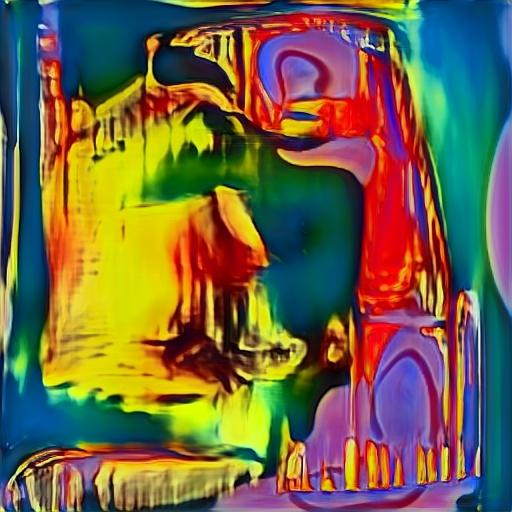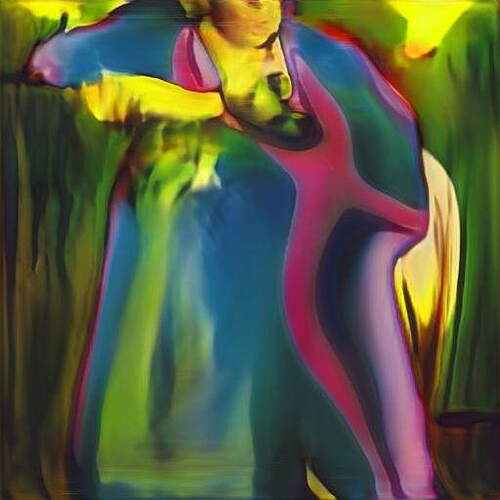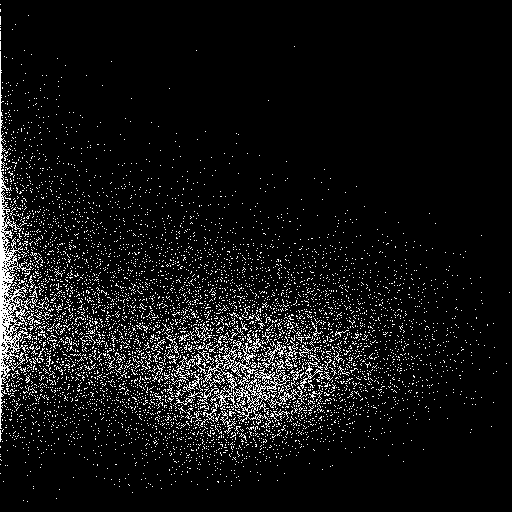@ ShawnDion
I just had a wonderful idea to help visualise the data I’m currently calculating. Convert it to a ‘Skymap’.
Here’s a 2D test I did before I thought of this idea…
This one’s cover (background removal) vs light (brightness of image from b+w conversion)
If you imagine that these were stars and add a third metric then chose a point of interest as ‘Home’ then it is possible to map the entire shebang onto a sphere and view it as a night sky from ‘Home’
You could also ‘Travel’ to another ‘Planet’ and view the ‘sky’ from there.
Have you heard of anything that does this? It seems like a really simple and obvious idea - someone’s bound to have thought of it before me (which will save me having to work all the math out)
Calculating the mapping of 100k points to a sphere sorta sounds time consuming as there’ll be a lot of trig (sin, cos etc) calculation involved.I’m not overly sure how fast it’d be to ‘travel’ (that’s when you’d have to re-calculate all the numbers)
I sorta find the idea of a night sky where all the ‘Stars’ are actually images you can look at through a ‘Telescope’ rather appealing as a concept.
[Edit] Ooh - apparently if you look at the sky at night you can only see about 2.500 of them - the maths seems more doable in real time now 
[Found something promising for prototyping the idea]






 Loving it.
Loving it.